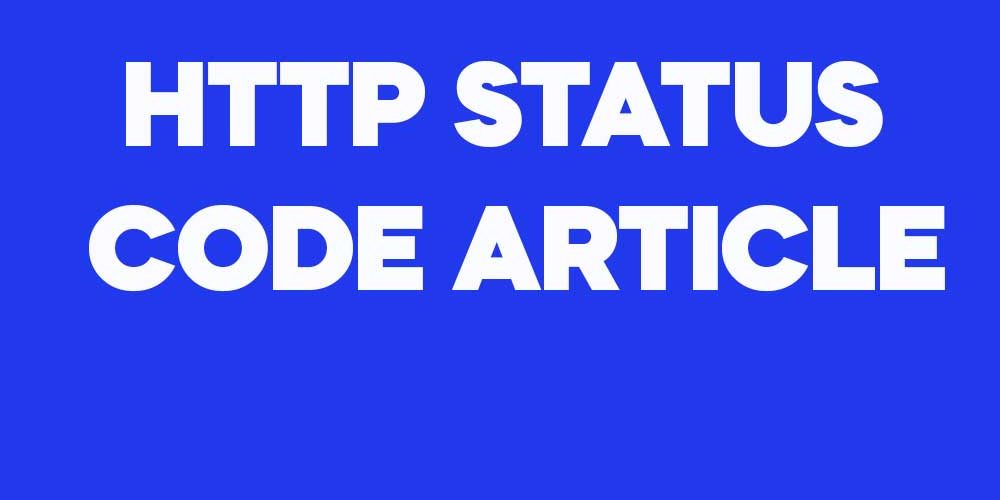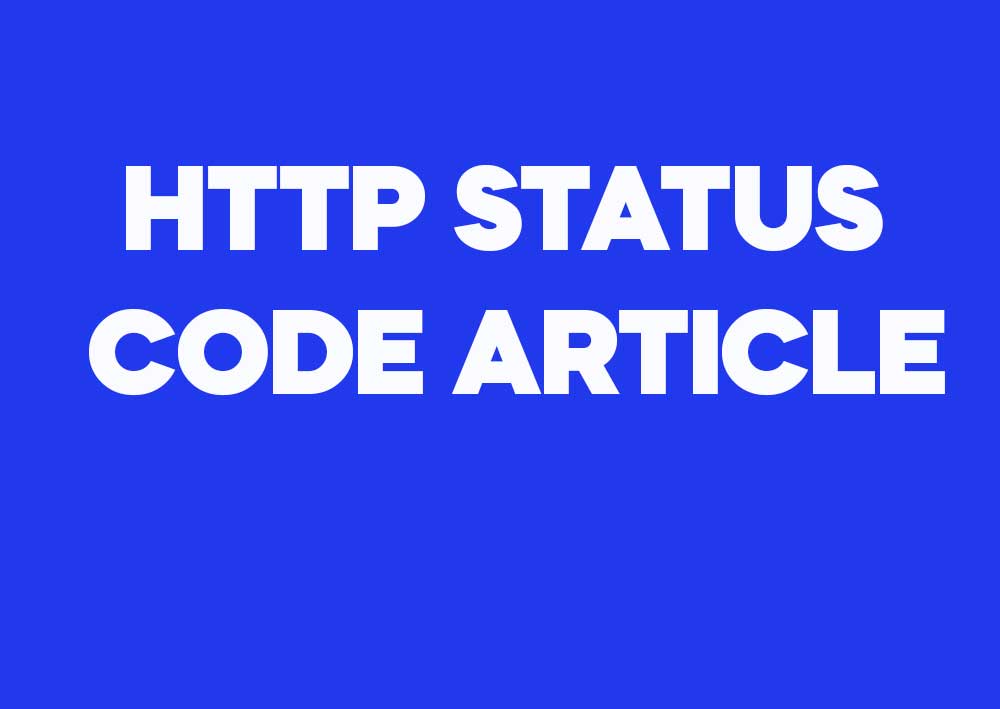HTTP Status Code 444 – No Response
The HTTP status code 444 No Response is a non-standard status code used by the Nginx web server to indicate that the server has closed the connection without sending any headers or response to the client. This status code is used internally by Nginx and is not sent to the client; instead, the client experiences a closed connection without any HTTP response.
Example 1: Using Nginx to Close Connections on Specific Conditions
In some scenarios, administrators may want to close connections from certain IP addresses or under specific conditions without any response. This can be achieved through Nginx configuration:
server {
listen 80;
server_name example.com;
location / {
if ($http_user_agent ~* "BadBot") {
return 444;
}
proxy_pass http://backend;
}
}
In this configuration, if a request is made with a user agent string containing “BadBot”, Nginx will terminate the connection using status code 444, resulting in no response being sent back to the client.
Example 2: Blocking Requests from Certain IPs
Another common usage of the 444 status code is to block requests from specific IP addresses:
server {
listen 80;
server_name example.com;
location / {
allow 192.168.1.0/24;
deny all;
return 444;
}
}
In this example, only requests from the IP range 192.168.1.0/24 are allowed. All other requests will have their connections closed without a response, as indicated by the 444 status code.
### Explanation
– **Description**: The provided HTML block explains the HTTP status code 444, which is specific to Nginx. This status code is used internally by Nginx to close a connection without sending any response to the client. It is not part of the standard HTTP status codes defined by the IETF.
– **Example 1**: Demonstrates how Nginx can be configured to use the 444 status code to drop connections based on the user agent string. If a request contains “BadBot” in the user agent, Nginx will close the connection without responding.
– **Example 2**: Illustrates the use of the 444 status code to block requests from all IPs except a specified range. Any request outside the allowed range will have its connection terminated by Nginx without receiving a response.
– **Summary**: Clarifies that 444 is a non-standard status code used by Nginx for specific purposes like blocking unwanted traffic. It is not communicated to clients, who simply experience a closed connection.
Example 3
# Client sends a request example.
GET /example HTTP/1.1
Host: www.example.com
# Server Response
HTTP/1.1 444 444 No Response
Date: Wed, 09 Oct 2024 23:07:59 GMT
Server: ExampleServer/1.0
Content-Type: application/json
{
"error": "Description of the error for 444"
}
Example 4: Another Scenario
# Client sends another example request.
POST /another-example HTTP/1.1
Host: www.example.com
# Server Response
HTTP/1.1 444 444 No Response
Date: Wed, 09 Oct 2024 23:07:59 GMT
Server: ExampleServer/1.0
Content-Type: application/json
{
"error": "Detailed message for 444"
}
Summary
The HTTP status code 444 is a non-standard code used by Nginx to abruptly close connections without sending a response to the client. It is primarily used for blocking unwanted or malicious traffic based on server-side conditions such as user agent strings or IP addresses. As this status code is never sent to clients, they simply experience a dropped connection.


